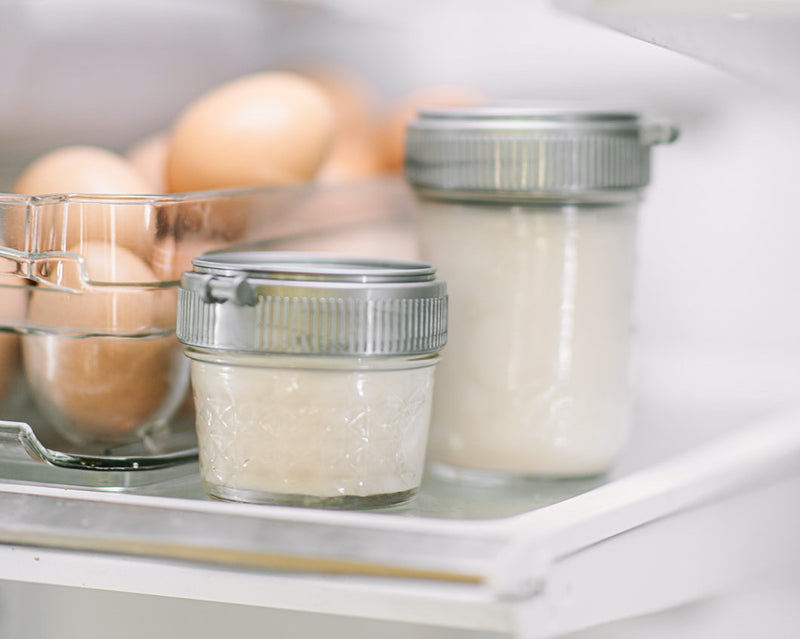
The Number One Mistake Parents Make When Heating Breast Milk
Most people are aware that overheating breast milk can significantly damage the nutritional and immunological value, but the real question is how hot is too hot.
You'd be surprised to know that it is a much lower temperature than you might think.
There are lots of great resources out there about handling breast milk, most of them written by doctors, and you should definitely take a look at some of those resources. The majority of them will advise you to heat milk in a bowl of warm water. Seems easy right? ...Well, as new parents, we definitely didn't do it correctly ourselves.
Fortunately, I stumbled across an article by the folks at babygearlab.com, who were able to break down milk warming in a way that is truly foolproof. I must admit, when I read what they had to say, my mind was a bit blown:
“It may be surprising to learn that even your hottest tap water is probably too hot for breast milk warming. If you use tap water to heat breast milk, use warm water, not the hottest. Most hot tap water is set to 120F to 140F (the Consumer Product Safety Commission suggests that water heaters be set to a maximum temperature of 120F to prevent scalding injuries in children, but many are set higher). Once breast milk is warmed to temperatures higher than 104F/40 C (for perspective, 104F is what most of us would describe as warm, and is the normal limit for hot tubs), breast milk's nutritional and immunological value begins to deteriorate. By the time breast milk reaches sustained temperatures of 125F/52C, which is hot, but not yet scalding, the rate of breast milk quality deterioration increases significantly (for perspective, 140F/60C is what many people would start to consider scalding hot).”Whoops. When warming bottles for our son, we routinely took a mason jar of milk from the fridge and placed it in near boiling water. After reviewing the reference temperatures given in this article, it’s pretty clear to me that we definitely overheated the milk. Just to recap:
- 212 F –Boiling point
- 140 F- Limit for scalding (aka Starbucks latte temperature...VERY hot!)
- 120 F- Normal limit for home water heater/significant breast milk damage
- 104 F- Normal limit for hot tubs/breast milk damage begins
- 98.6 F- Body temperature/ideal breast milk temperature
I now realize that as an adult who drinks hot beverages all the time, my idea of “warm” is actually much too hot. The temperature at which breast milk should be served is what most adults would consider lukewarm.

So then, What IS the Best Way to Warm Breast Milk?
If you want to make sure it stays below 104 degrees, then there are a couple of options:
- Use a bowl of warm water: Not-too-hot tap water changed out once or twice should bring milk from refrigerator temp to body temp within a few minutes.
- Use a bottle warmer: Baby Gear Lab recommends the Kiinde Kozii, which has a unique and sophisticated mechanism to prevent overheating. Mason jars will fit inside this model, so it’s a great pick if you are using the Mason Bottle.
- Share with other caregivers: Whether you go with the bottle warmer, or keep things simple with tap water, be sure to share this information with your child’s caregivers and with other parents. Explain that you don’t “heat” breast milk, you just sort of “lukewarm” it. The reference temperatures listed above are very helpful if you really want to put in perspective how hot is too hot, or rather, how warm is too warm.
One final note: You may be asking yourself, what about defrosting breast milk? Whenever possible, allow milk to thaw by simply moving a jar of milk from the freezer to the refrigerator, and letting it defrost over time. But if you need to make a bottle ASAP, and your only option is milk that’s totally frozen, just know that rather than putting the milk in very hot water, your best bet is warm water and a little waiting.
*It's also worth mentioning this ins't a sponsored post and we don't have an affiliation with babygearlab.com. We just thought that, on this particular topic, the information they provide is quite helpful!

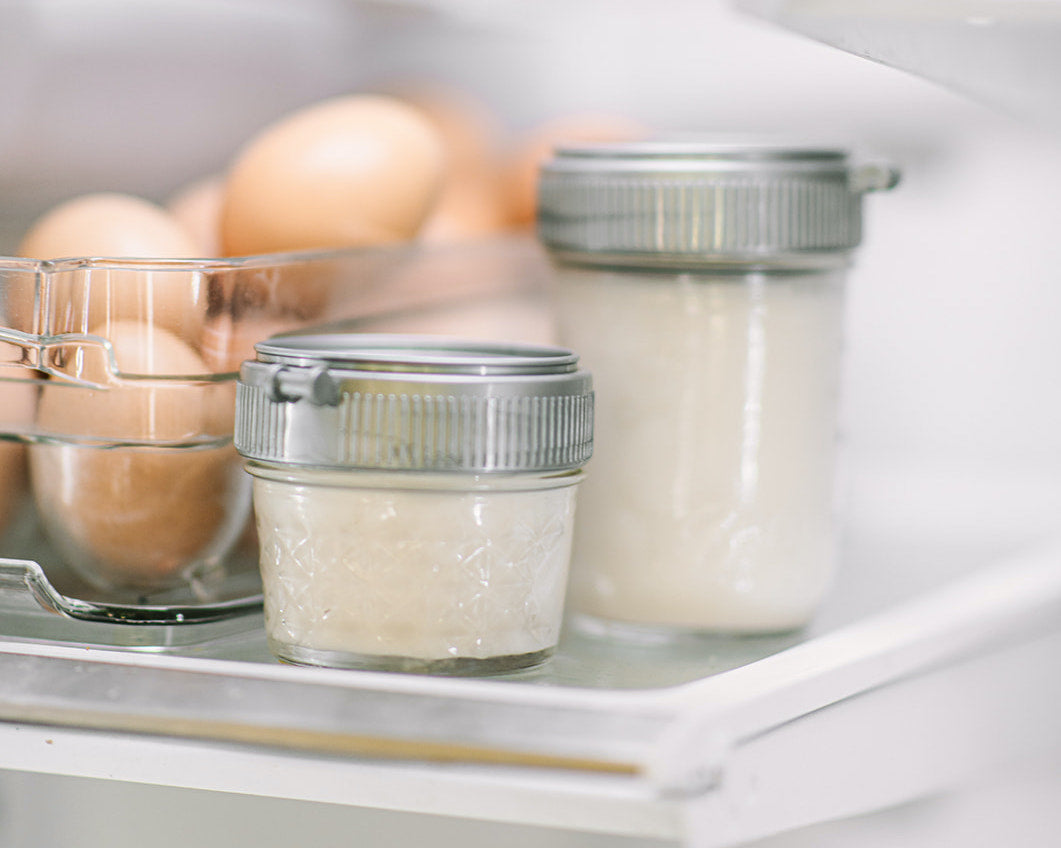
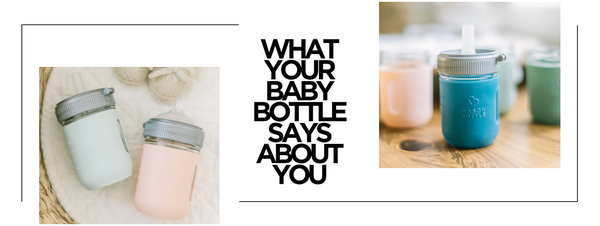
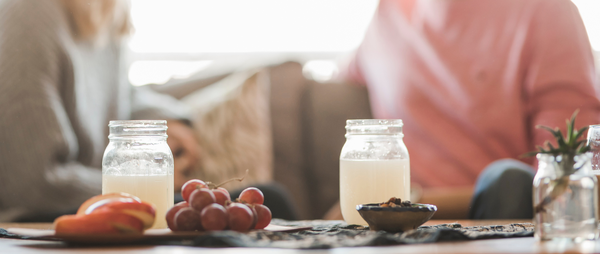
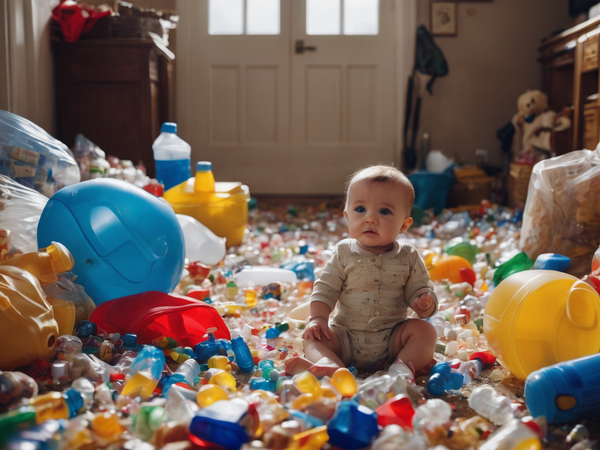
Awesome for my 2 year old kid. Thanks